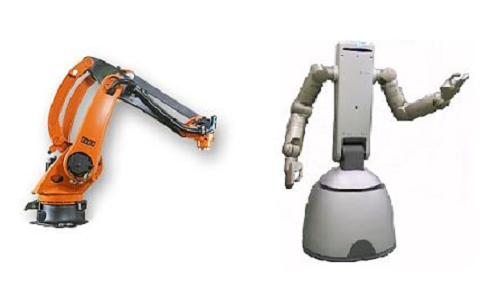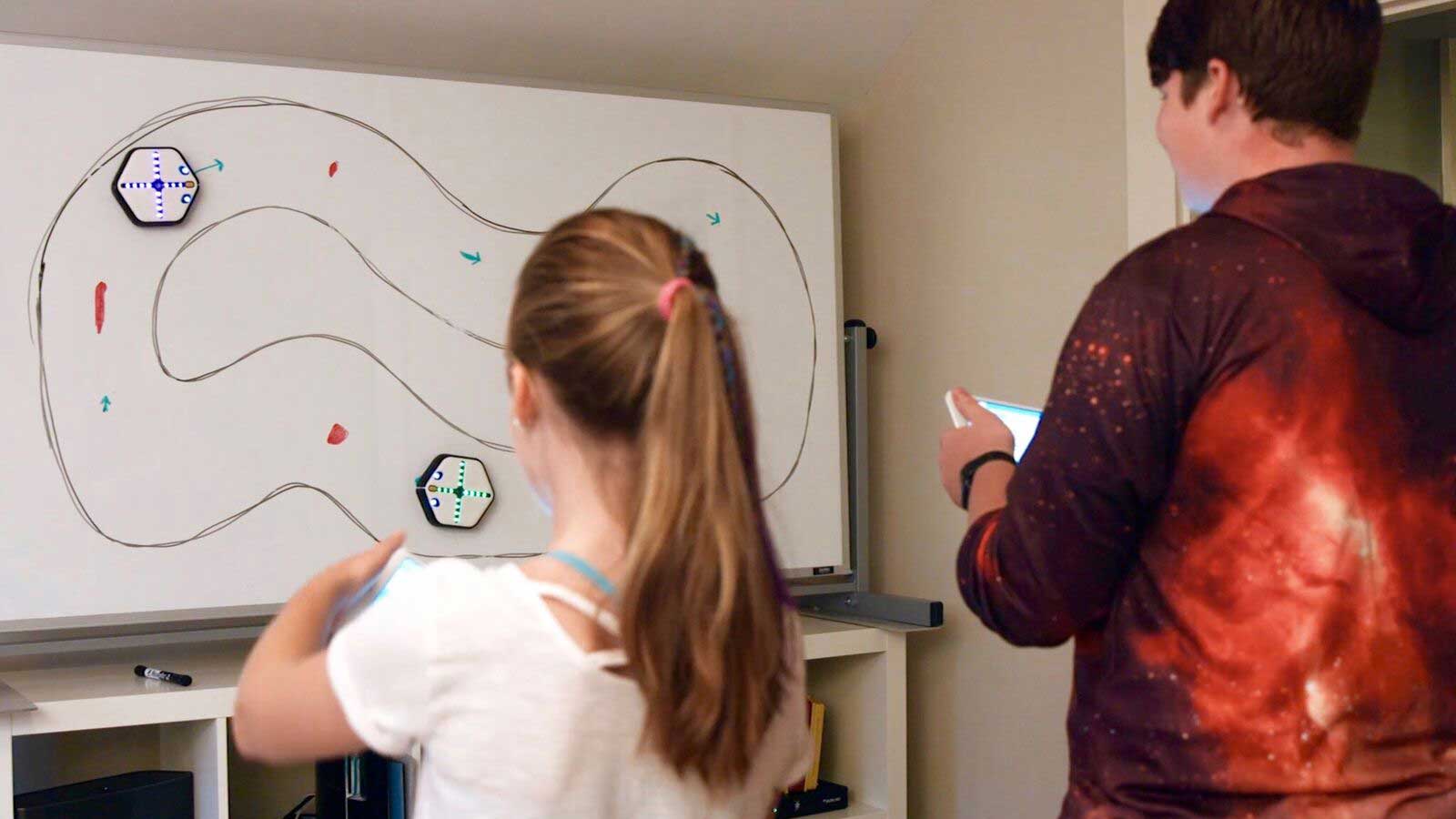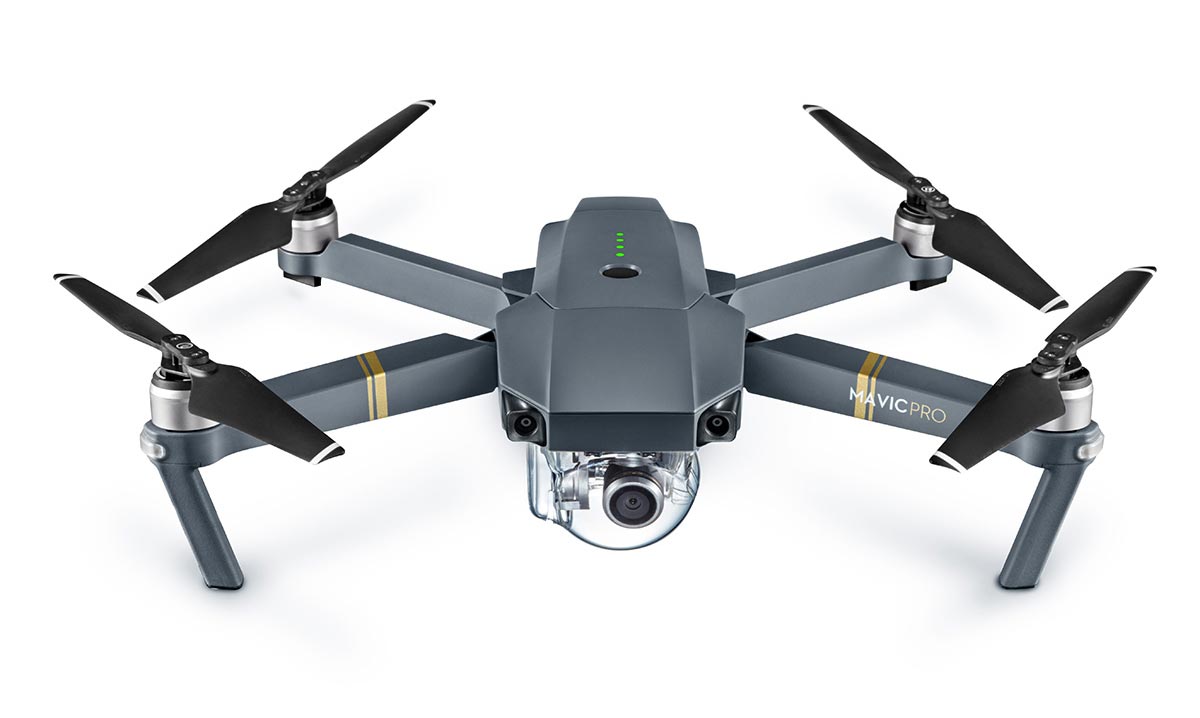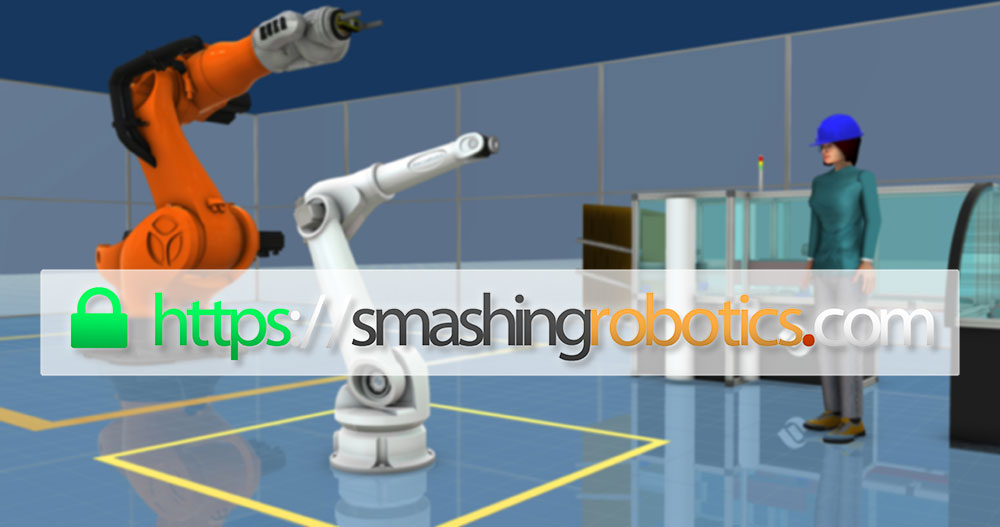Like the Olympics where athletes from around the world compete in various sports categories, Robotics is a field where researchers from all continents compete in the creation of innovative technologies. The progress of intelligent machines and their adoption in many fields of activity led to a clear classification of robots. Furthermore, this entire classification distinguishes between two general categories: industrial and service robots. Each of these two general types of robots are divided into categories based on the activity fields, functionality and market demands. Both, industrial robots and service robots, can be divided into two categories each. In industry stationary robots and mobile robots are employed, while service robots can be split into personal and professional service robots. Even though the first industrial robot and the first service robot were created in different periods of time, service robots have had a much greater impact on the robotic market entirely, and have an important share of it.

The first robot, called Unimate, was built in 1961 and was used by General Motors. This robot was used in industry and is the father of the robotic industry which is growing rapidly nowadays. Industrial robots are highly specialized and are destined for various areas of manufacturing goods, from industrial robots used to build cars to robots used to manipulate materials in warehouses. These are automatically controlled machines, can be reprogrammed, and exist in different variants and designs which can be classified according to the number of axes – three, four, five, six, or more. The biggest problem of industrial robots is actually a general problem in the production of goods – the logistics. This problem found a solution in autonomous industrial mobile manipulators.
Available in a larger number, service robots operate semi or full autonomous and are designed to be used to entertain, clean, for hobby, in competitions and so forth. Service robots include a special category, a category that growing very fast in the last years – domestic robots. This type of robots are used in general for common tasks at home or outside homes, for caring of people of different ages, or robots used during free time as hobby or entertainment.
Differences between industrial and service robots
There are major differences between an industrial robot and a service robot. An industrial robot is especially designed to be used in goods manufacturing and is less flexible in terms of number of tasks that can be made without reprogramming. A big advantage of an industrial robot compared with a service robot is the accuracy, which in this case is at an extremely high level due to manufacturing requirements, often in the area of millimeters or fractions of millimeters.
Artificial intelligence has yet to find its way into industrial robots; the projects that implement such technology are still in development stage and involve robots that can work and share the same space with humans. Stability is another advantage of industrial machines, and is the consequence of computing capacity limitation and establishment of precise tasks.
Service robots works totally different from industrial robots. These robots are designed to serve certain requirements established by humans. Such robot could not meet the demands if it would not be able to adapt to changes that occur in the environment, it would not be able to accomplish the task if it would not have a real-time feedback of changes. I could make an assessment of the effort that is submitted into designing these robots, it is far more difficult to design a service robot, the complexity of such a robot is much higher than an industrial robot in terms of numerical modelling, intelligence implemented and processing power required. Flexibility is another category where a service robot can do very well. It is able to correct and take decisions while interacting with objects.
Service robots impact in human life
Our lifestyle has always been subject to revolutions throughout history. In the last decades we could experience the appearance of computers, the Internet or mobile devices, now it is the robots turn to establish their place into our existence. The robotic revolution began long before computers or the Internet, but burnt smoldering for decades since it made the first steps in industrial areas. We can say that industrial revolution was the first stage in the robotic revolution, the second stage is taking place as we speak, as service robots become more present in our lives. The new stage in the robotic revolution has a slow transition whose end is not in sight. Unlike the industrial revolution which impacted productivity on a great scale, this time our lifestyles will be influenced or changed dramatically.
Resources- Robotics Online, “Service Robots and their Rapid Rise in Multiple Markets”
- Robotics Research Group at University of Texas, Robot history
- Robotiq, “10 Differences Between Industrial and Service Robotics”








[…] can be updated to create intelligent and types of robots from various categories. Even there is a service or an industrial robot, these platforms could works as educational tools or complementary tools used at home or at office […]